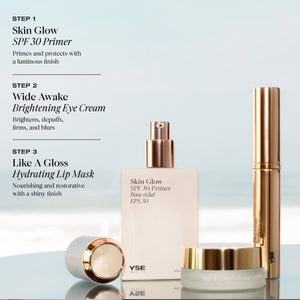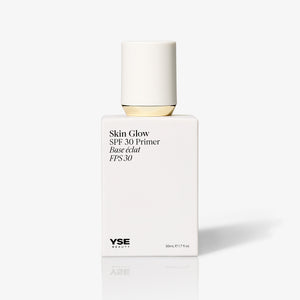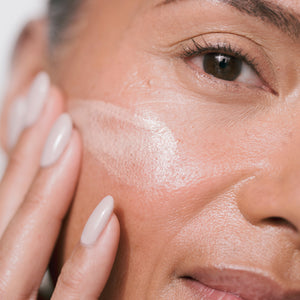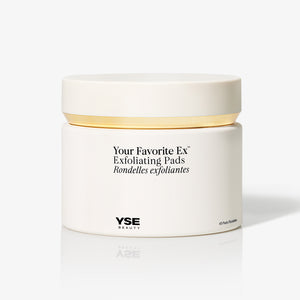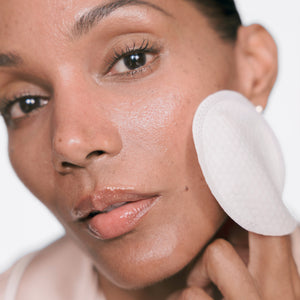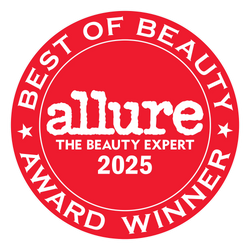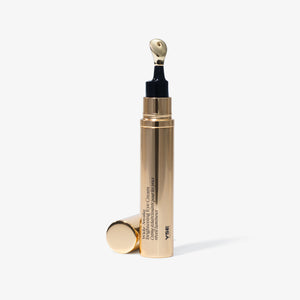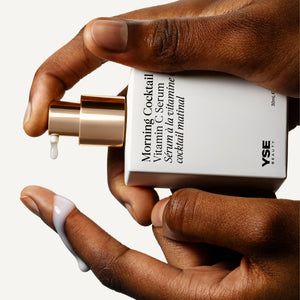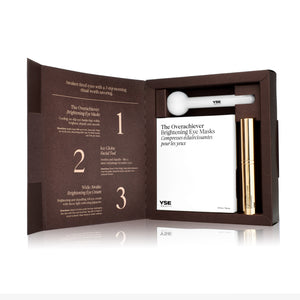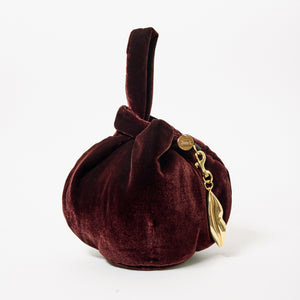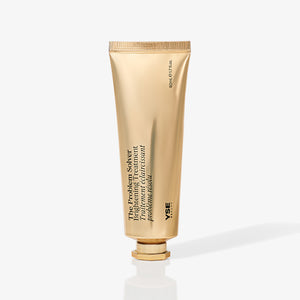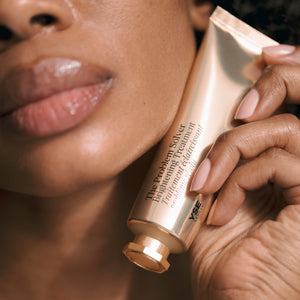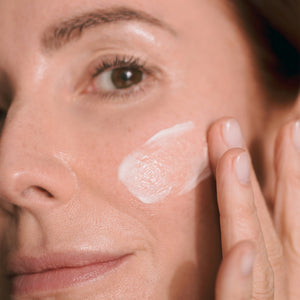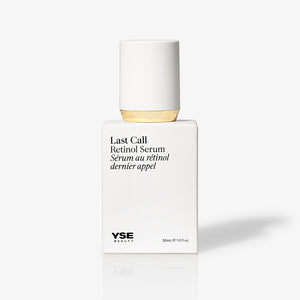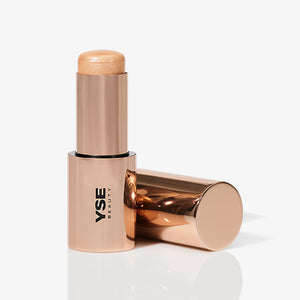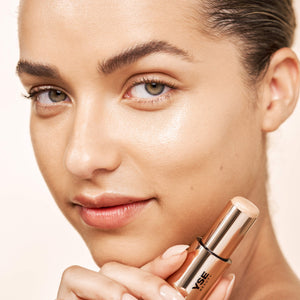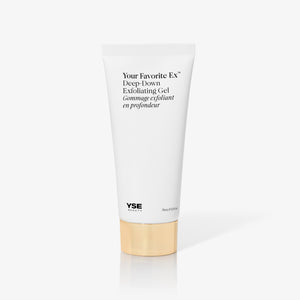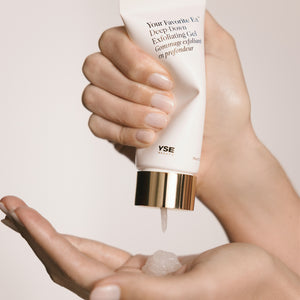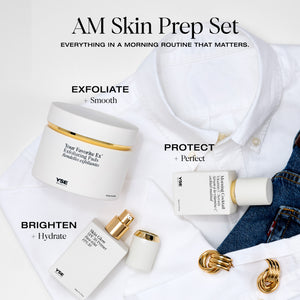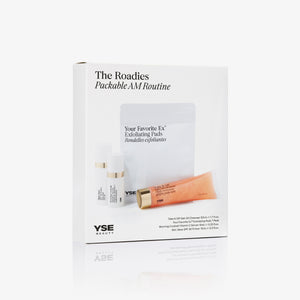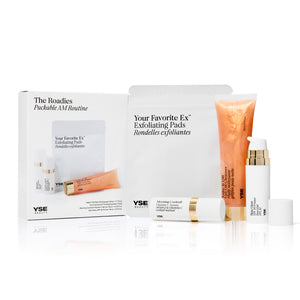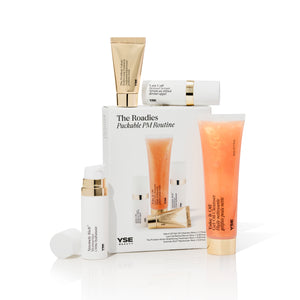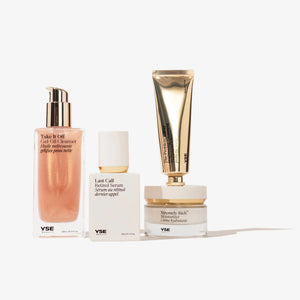Now, while AHAs and BHAs both work to shed dead skin cells, the main difference between the two is that one is water-soluble and the other is oil-soluble. This, in turn, affects the way they each work to treat skin issues.
AHAs is a water-soluble acid, which means it works on and just beneath the skin’s surface. Glycolic acid, a type of alpha hydroxy acid, works to exfoliate the top layer of dead skin cells that accumulate over time. Because of this, AHAs are ideal for people with dry skin, as they remove buildup that contributes to dry, flaky skin and allow for moisturizers to absorb deeply and properly hydrate the skin.
In contrast, BHAs are oil-soluble, so they penetrate deeper into the skin’s layers where natural oils and sebum exist within. Due to this deep work, BHAs are ideal for people with oily and acne-prone skin.
If you or someone you know has acne-prone skin, you’re probably no stranger to salicylic acid, the most common BHA. It’s especially popular thanks to its anti-inflammatory and antimicrobial properties, making it an effective acne treatment.
Despite their differences, AHAs and BHAs are both chemical exfoliators that have some shared benefits, as well as some individual benefits, too.






























